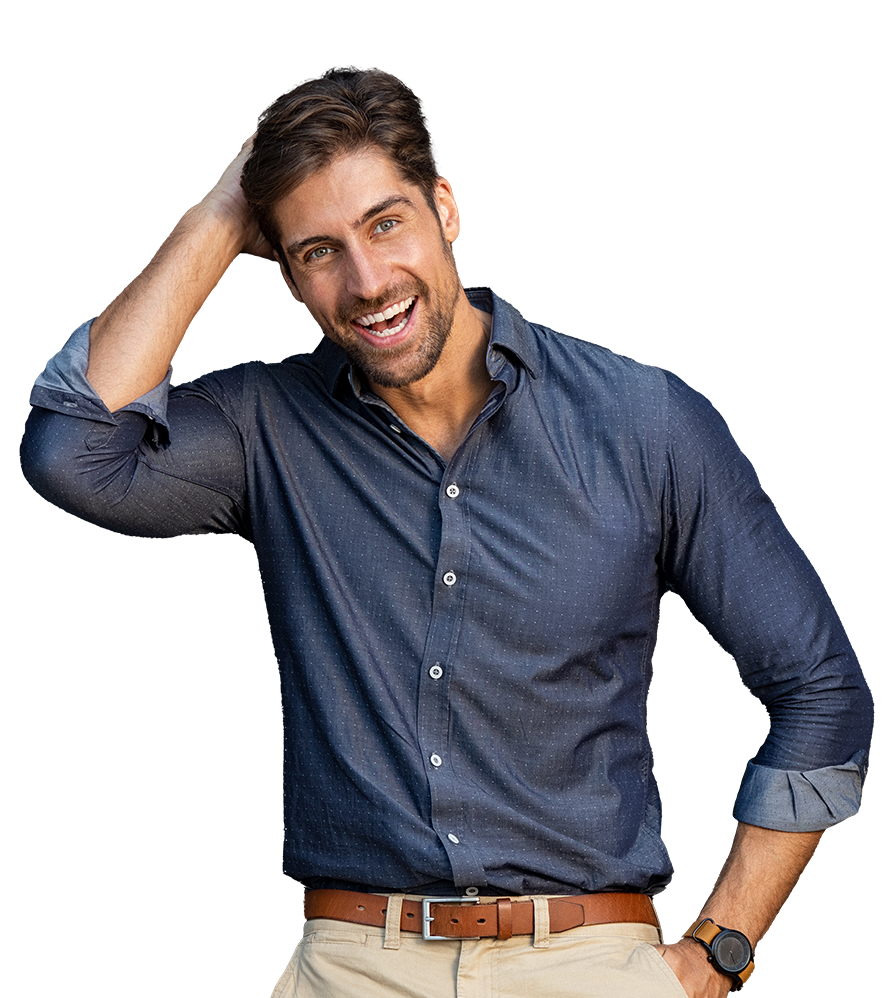Sure, you pretty much know your hair type – straight, wavy, curly, or loaded with coils. But did you know that there are subtypes of these based on – for example – the tightness of the curls, or lack thereof? If you’re longing for healthy, voluminous hair, knowing your type and how to properly care for it is key.
with coils. But did you know that there are subtypes of these based on – for example – the tightness of the curls, or lack thereof? If you’re longing for healthy, voluminous hair, knowing your type and how to properly care for it is key.
Hair Type Defined
Hair type is determined by your individual curl pattern which is directly related to your hair follicles’ shape. Asymmetrical or oval follicles, for example, will result in hair that is curlier. At the same time, each of the four basic hair types has sub-categories. Let’s have a look.
- Straight Hair
Hair that falls flat from roots to tips is categorized as straight. It is often silky and soft in texture, and void of curls. Because straight hair often has a high amount of oil secretion, it can look oily and flat if not properly cared for. Avoid using heavy serums and butters in your care routine, as well as over-washing which can lead to increased oil production on the scalp. Texture sprays and dry shampoos are best suited for this hair type. Straight hair is subdivided into the following:
Type 1A – Hair is extremely soft, shiny, and smooth, but lacks volume.
Type 1B – This hair type is slightly thicker and bouncier than 1A.
Type 1C – Hair that is thick and coarse.
- Wavy Hair
Wavy hair falls between straight and curly, with a slight curl pattern toward the ends of the hair. Use gels to define the curls, steering clear of cream or oil-based products that can flatten the waves. This hair type is subdivided into:
Type 2A – Hair that is thin with loose waves starting at eye level and directed toward the ends.
Type 2B – This type has medium thickness and curls starting at eye level, also headed toward the ends.
Type 2C – Hair that is thick and wavy, with S shaped curls beginning at the crown. 2C hair is prone to frizzing so use a diffuser when blow drying.
- Curly Hair
Curly hair has an S pattern and stays curly regardless of straightening processes. This hair type is frizzy and prone to tangles, so take care when brushing or combing to retain its natural texture while avoiding breakage. Curly hair is subdivided into:
Type 3A – Has S shaped loose curls that form loose loops.
Type 3B – Slightly thicker than 3A and lacking in moisture, this type needs moisturizing ingredients like shea butter and aloe vera.
Type 3C – Curls that are tight and coil perfectly, this type benefits from a leave-in conditioner to moisturize and untangle.
- Coily Hair
This hair type follows a Z pattern and may seem coarse and rough. It has very tight curls and is prone to breakage. Coily hair is subdivided into:
Type 4A – Soft, delicate hair that requires a good amount of moisturization from deep conditioners, creams, butters, and oils.
Type 4B – This hair type may have a zig-zag pattern and tangles easily. Apply a leave-in conditioner to damp hair, and gently comb by separating it into sections to moisturize and remove tangles without breakage.
Type 4C – Defined by tight, fragile curls, 4C hair requires deep conditioning and gentle brushing to prevent damage.
At DiStefano Hair Restoration, we help put hair back on your head for the full natural look you want back – no matter what your hair type. We’ll also show you additional ways to take care of your transplanted hair from post-surgery on out. Contact us today for a free consultation – and don’t forget to refer a friend or family who also could benefit from our medical procedures.


